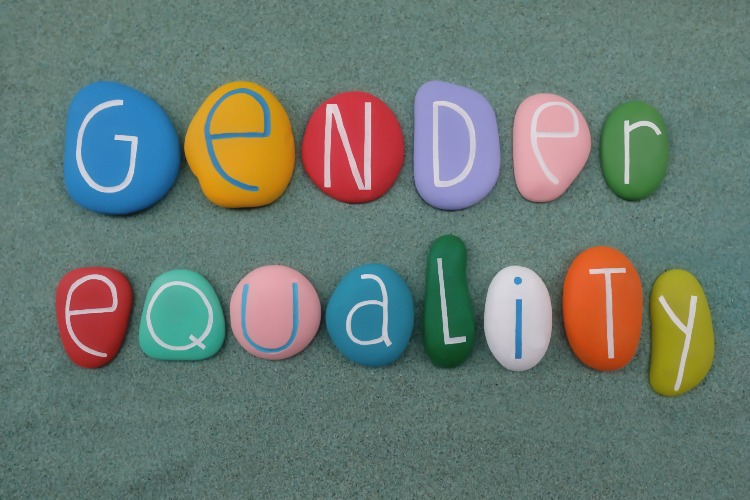A multifaceted approach is needed in order to close the gender pay gap.
The gender pay gap has been declining slowly over time and in the last decade it has fallen considerably. However, there is more work to be done, to ensure that employees are paid equally for doing the same work, regardless of their gender.
According to the Office for National Statistics (ONS), median hourly pay for full-time employees in the UK was 7.7% less for women than for men in April 2023. In order to narrow this gap further, transparent pay policies are essential. Businesses should openly communicate their pay structures and criteria, ensuring that employees understand how compensation is determined. Transparent policies create an environment of trust and allow for greater scrutiny, motivating firms to rectify any unjust pay differentials.
Firms should also conduct regular pay equity audits. Regularly reviewing and analysing pay data helps identify any gender-based discrepancies. By identifying and rectifying these gaps, businesses demonstrate a commitment to fair compensation and establish a foundation for equal opportunities.
Businesses also need to promote diversity in leadership and should encourage the advancement of women into leadership roles. A more diverse leadership team is more likely to prioritise equality, and this can help to address pay gaps across the firm.
Businesses that offer flexible working policies tend to be more successful at recruiting and retaining individuals who are balancing work and family responsibilities. Offering flexible work arrangements, such as remote work options or flexible hours, can empower employees to achieve a better work-life balance, ultimately contributing to the reduction of the gender pay gap.
Last but not least, firms need to foster an inclusive culture. Businesses that cultivate an environment where diversity and inclusion are celebrated tend to attract and retain a more diverse workforce.

